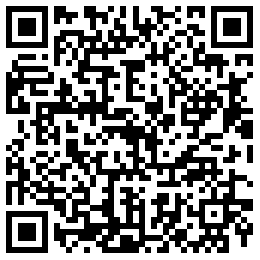| Author Name | Affiliation | | Xuefang Xiao | School of Opto-electronic and Communication Engineering, Xiamen University of Technology, Xiamen 361024, Fujian,China
Key Laboratory of Communication Network and Information Processing in Fujian Province, Xiamen 361024, Fujian,China | | Zewang Zhang | School of Opto-electronic and Communication Engineering, Xiamen University of Technology, Xiamen 361024, Fujian,China
Key Laboratory of Communication Network and Information Processing in Fujian Province, Xiamen 361024, Fujian,China | | Xiupu Zhang | Photonics Labs., Department of Electrical and Computer Engineering, Concordia University, Montreal QC H3G 1M8, Canada |
|
| Abstract: |
| The optical feedback modulations of a passively mode-locked semiconductor laser with quantum dot structure were investigated in this study. The delay-induced dynamics of QD MLL under the condition of optical feedback have been studied by exploiting a time domain traveling wave (TDTW) model. The conventional TDTW model was improved to make it suitable for studying optical feedback system, especially the system with long external cavity structure. Combing the TDTW model with optical feedback and carrier rate equations, the pulse variation of a single section QD MLL was studied. This new model shows good agreement with the published experimental data. The roundtrip time and local light intensity modulation to the pulse evolution of QD MLL were studied. The results show that when the time for a light to go to and return from external cavity is equal to the integral times of the period of laser pulse without external feedback, resonance will be formed, and the period of pulse sequence is the shortest. The results also show that the stronger the local light intensity modulation is, the shorter the pulse period is. |
| Key words: quantum dot structure passively mode-locked laser optical feedback |
| DOI:10.11916/j.issn.1005-9113.20067 |
| Clc Number:TN248.4 |
| Fund: |
|
| Descriptions in Chinese: |
| 单区量子点锁模激光器的光反馈时域行波模型 肖雪芳1,2,张泽旺1,2,张秀甫3 (1厦门理工学院 光电与通信工程学院,厦门 361024; 2通信网络与信息处理福建省重点实验室,厦门 361024; 3康科迪亚大学 电子与计算机工程系,蒙特利尔 H3G 1M8, 加拿大) 摘要:TDTW模型通过在时域求解一维波动方程和载流子速率方程,可以更准确地描述半导体激光器的动态特性。在实际实验中,往往采用长光纤进行光反馈实验,对长外腔的研究具有较大的价值。然而,利用TDTW模型研究长外腔时,计算量急剧增加,因此在光反馈研究上往往采用的是延迟微分方程(DDE)模型,鲜见采用TDTW模型来研究半导体激光器光反馈的报道。 为更准确地描述半导体激光器的动态特性,本文对Rossi提出的TDTW模型进行研究分析,在此基础上得到一个适合研究单区量子点被动锁模激光器(QD MLL)光反馈特性的新模型。该模型克服了引入长外腔光反馈系统时TDTW模型计算量大幅度增加的问题。将光反馈下的时域行波模型和载流子速率方程相结合,得到单区量子点被动锁模激光器的脉冲变化。研究表明本文提出的新模型与实验数据吻合良好。本文研究了光在外腔的往返时间、局域光强调制对量子点被动锁模激光器的脉冲演化的影响。结果表明,当光从外腔往返的时间等于无反馈情况下被动锁模激光器的脉冲周期的整数倍时,将形成共振,此时脉冲序列的周期最短。结果还表明局部光强调制越强,脉冲序列的频率越高周期越短。 关键词:量子点结构,被动锁模激光器,光反馈 |




